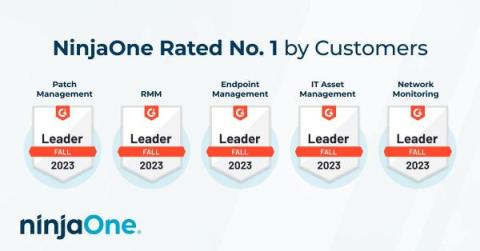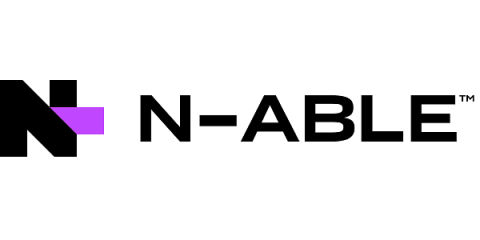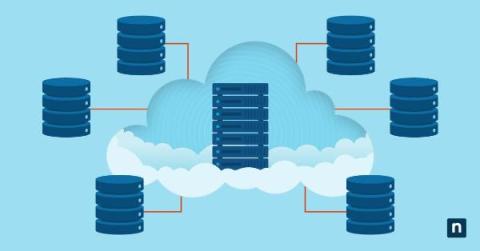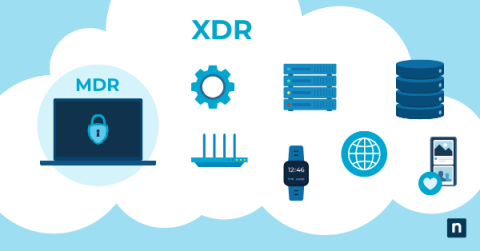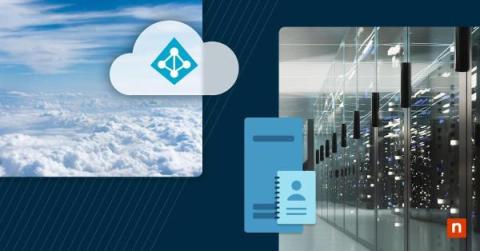Unbeatable Excellence - NinjaOne RMM Tops G2's Fall 2023 Report
G2, a highly regarded authority in the field of software reviews and research, has recently unveiled its much-anticipated Fall 2023 Research Report. In a resounding display of dominance, NinjaOne has once again emerged as the unrivaled leader in the realm of Remote Monitoring and Management (RMM) software, maintaining this prestigious position for an impressive 18 consecutive quarters.


